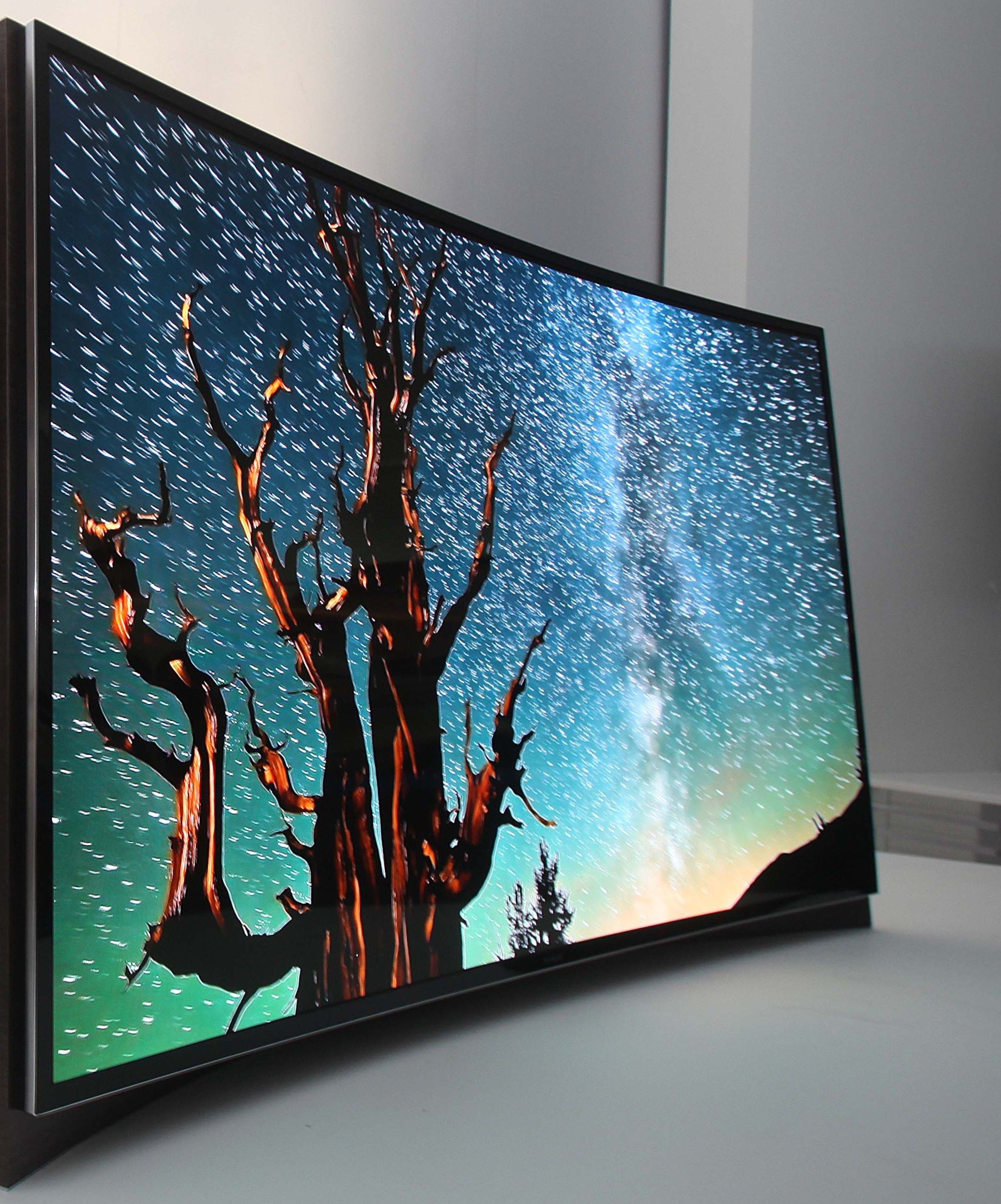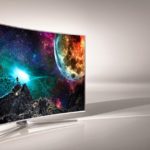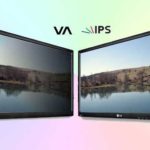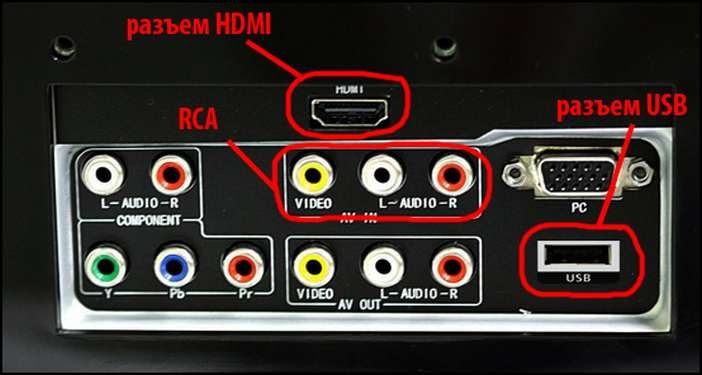Types of TV screens
TVs are classified according to certain parameters, such as color reproduction (black and white or color), power source (universal or AC), active elements used (semiconductor devices or integrated circuits) and diagonal size (fixed or portable).
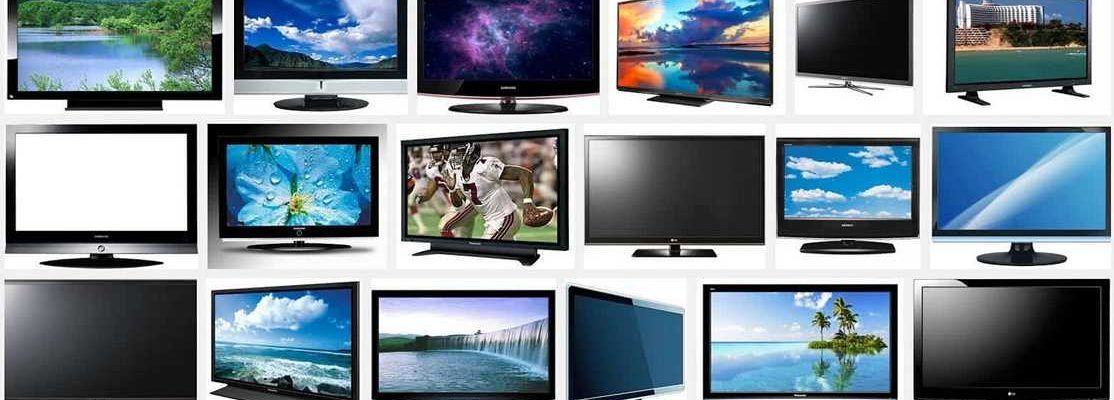
The content of the article
What are the types of TV screens?
In turn, TV screens are divided into the following types: PLASMA, LED, OLED, LCD, QLED, IPS and others. Each of them has its own characteristics, advantages and disadvantages, which will be discussed further.
Plasma screens
 The technology behind this screen is quite simple and interesting: the plasma panel consists of many pixels that are filled with a special gas. On both sides, the pixels are limited by two plates. When an electric current is applied, this gas, most often neon, is converted into plasma, causing it to emit ultraviolet light. Reflected on glass, ultraviolet radiation is not visible to the human eye. Using a scanning electrode, visible light is converted into an image reflected on the display. Visible light is converted through a scanning electrode into an image. The resulting image is clear and bright - this is one of the main advantages of this type of display. Plasma matrices also provide high contrast and last more than 35 years. However, they are excessively energy-intensive and heat up when viewed for a long time.
The technology behind this screen is quite simple and interesting: the plasma panel consists of many pixels that are filled with a special gas. On both sides, the pixels are limited by two plates. When an electric current is applied, this gas, most often neon, is converted into plasma, causing it to emit ultraviolet light. Reflected on glass, ultraviolet radiation is not visible to the human eye. Using a scanning electrode, visible light is converted into an image reflected on the display. Visible light is converted through a scanning electrode into an image. The resulting image is clear and bright - this is one of the main advantages of this type of display. Plasma matrices also provide high contrast and last more than 35 years. However, they are excessively energy-intensive and heat up when viewed for a long time.
LED screens
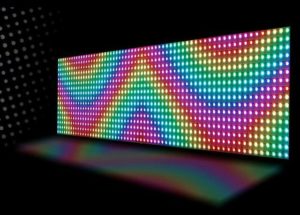 Translated literally, LED is a light-emitting diode, but it is worth noting that LEDs act as light sources and are not the actual unit of the image being formed. Currently, a number of such screens are produced, differing in the LEDs used and the color of the lamps. For example, there are single-color, multi-color and mixed lamps, the quality of the color palette in them increases accordingly. Thus, the main characteristics of LED screens include resolution (Full HD, HD Ready, Ultra HD), a unique SMART function, and scanning frequency (image updating that occurs over a certain period of time). The main advantages are rightfully considered to be the clarity of displayed signals, color saturation, and high energy intensity.
Translated literally, LED is a light-emitting diode, but it is worth noting that LEDs act as light sources and are not the actual unit of the image being formed. Currently, a number of such screens are produced, differing in the LEDs used and the color of the lamps. For example, there are single-color, multi-color and mixed lamps, the quality of the color palette in them increases accordingly. Thus, the main characteristics of LED screens include resolution (Full HD, HD Ready, Ultra HD), a unique SMART function, and scanning frequency (image updating that occurs over a certain period of time). The main advantages are rightfully considered to be the clarity of displayed signals, color saturation, and high energy intensity.
OLED screens
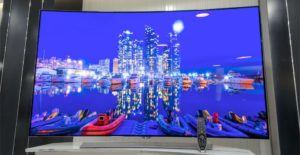 OLED is a matrix consisting of organic light-emitting diodes. The organic part is considered to be the carbon film located in front of the glass in the inner compartment of the panel. When electric current passes through OLEDs, they emit their own light, which is converted into clear, high-quality images. These screens have many advantages, for example, the panel thickness is less than 3 mm, and displays of this type can withstand significant temperature changes - from -40 to +70 ° C. However, the main disadvantage that buyers of TVs with this type of screen have to face is the high cost.
OLED is a matrix consisting of organic light-emitting diodes. The organic part is considered to be the carbon film located in front of the glass in the inner compartment of the panel. When electric current passes through OLEDs, they emit their own light, which is converted into clear, high-quality images. These screens have many advantages, for example, the panel thickness is less than 3 mm, and displays of this type can withstand significant temperature changes - from -40 to +70 ° C. However, the main disadvantage that buyers of TVs with this type of screen have to face is the high cost.
QLED screens
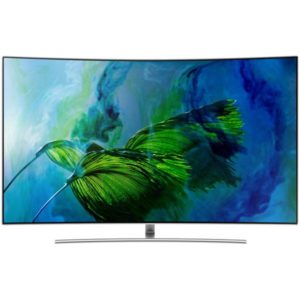 This type of matrix differs from all of the above production technologies, namely due to quantum dots. Their size corresponds to a specific color. QLED screens are designed in such a way that when constructing an image, the color structure is minimally distorted, which allows for clear and rich color reproduction.Unlike the OLED matrix, QLEDs cost significantly less, so they are in great demand on the market. Among the key advantages: the brightness of the picture, achieved due to the fact that quantum dots are capable of reflecting about a billion color shades without compromising brightness. However, these TVs are not characterized by low thickness and high contrast levels compared to OLED screens.
This type of matrix differs from all of the above production technologies, namely due to quantum dots. Their size corresponds to a specific color. QLED screens are designed in such a way that when constructing an image, the color structure is minimally distorted, which allows for clear and rich color reproduction.Unlike the OLED matrix, QLEDs cost significantly less, so they are in great demand on the market. Among the key advantages: the brightness of the picture, achieved due to the fact that quantum dots are capable of reflecting about a billion color shades without compromising brightness. However, these TVs are not characterized by low thickness and high contrast levels compared to OLED screens.
LCD screens
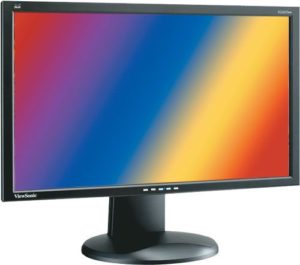 Liquid crystal displays consist of a protective coating, a liquid crystal lattice, light filters and a light source. LCD screens work by passing electrical impulses through a special liquid crystal medium, which is located between two electronic plates. By the way, the crystals that make up the LCD do not emit light or color. The crystalline liquid is illuminated to make the image visible, and the light, after passing through the LCD layer, must fall on special color filters. In fact, LED-type matrices are also considered liquid crystal, however, as mentioned earlier, with LED backlighting. Main disadvantages: limited viewing angle and low contrast; and the advantages: minimal price, light weight and low energy consumption.
Liquid crystal displays consist of a protective coating, a liquid crystal lattice, light filters and a light source. LCD screens work by passing electrical impulses through a special liquid crystal medium, which is located between two electronic plates. By the way, the crystals that make up the LCD do not emit light or color. The crystalline liquid is illuminated to make the image visible, and the light, after passing through the LCD layer, must fall on special color filters. In fact, LED-type matrices are also considered liquid crystal, however, as mentioned earlier, with LED backlighting. Main disadvantages: limited viewing angle and low contrast; and the advantages: minimal price, light weight and low energy consumption.
IPS screens
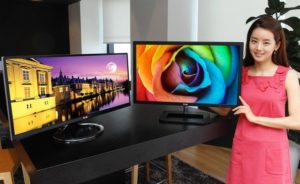 IPS technology is somewhat unique in that it allows images to be viewed at angles greater than 150 degrees. The operating principle is based on rotating the crystals 90 degrees while applying electric current. It is worth noting that the crystals are built parallel to the plane and, in the absence of voltage, have an exclusively black color. TVs with these screens have a high cost, but are quite consistent with it. Another disadvantage is the pronounced grid between the pixels.
IPS technology is somewhat unique in that it allows images to be viewed at angles greater than 150 degrees. The operating principle is based on rotating the crystals 90 degrees while applying electric current. It is worth noting that the crystals are built parallel to the plane and, in the absence of voltage, have an exclusively black color. TVs with these screens have a high cost, but are quite consistent with it. Another disadvantage is the pronounced grid between the pixels.
Which screen type is better?
Thus, having studied all the advantages, disadvantages, technical characteristics, we can conclude that the best type of screens is OLED, despite the cost, these screens have the greatest advantages. QLED can be placed in second place, and then other models.
